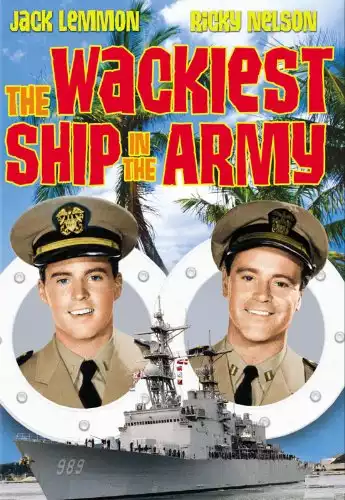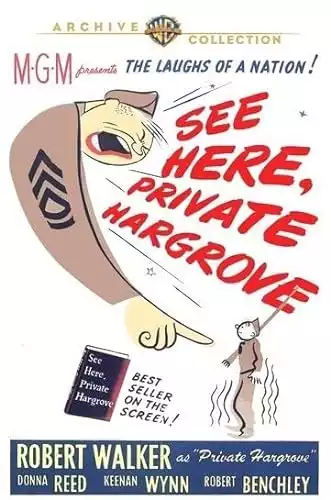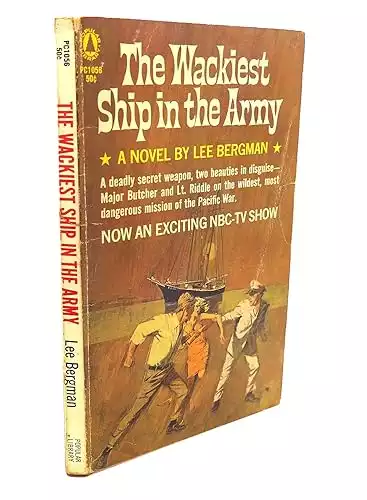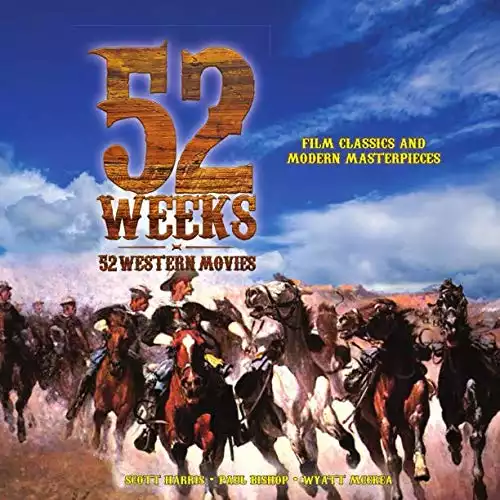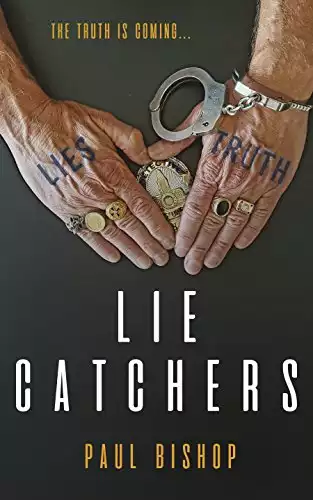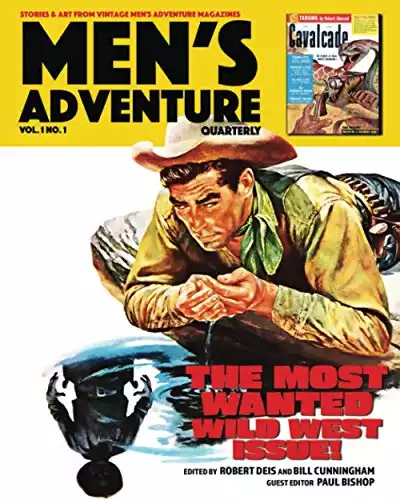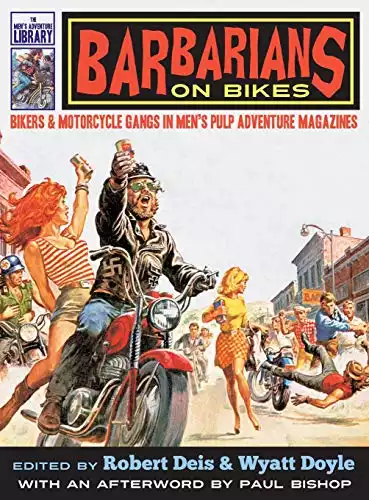EDITOR’S INTRODUCTION . . .
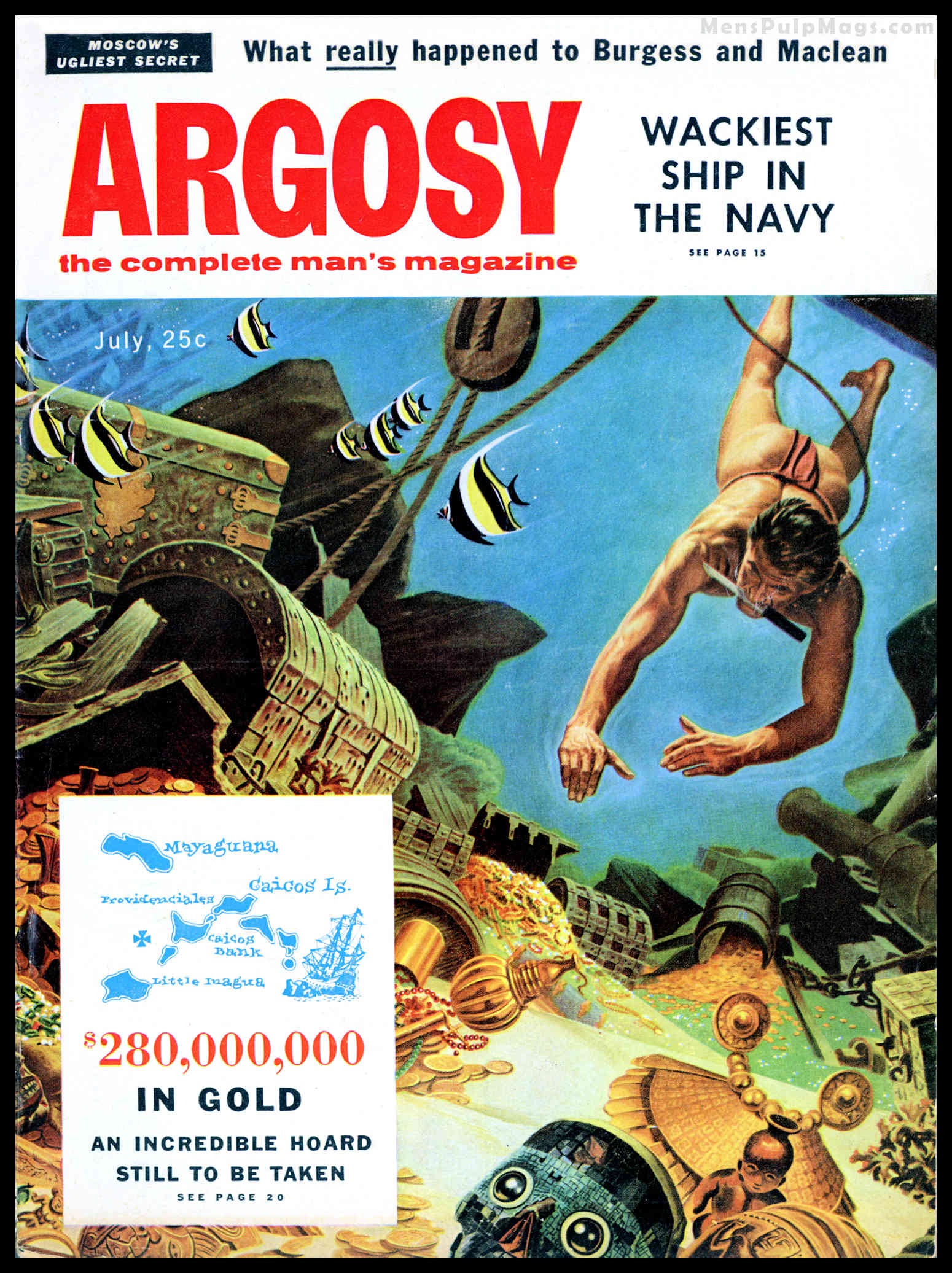
Recently, my friend writer, editor and podcaster Paul Bishop asked if I had a copy of ARGOSY, July 1956. If so, he asked, could I send him a scan of the story “Big Fella Wash-Wash” in that issue?
I had it and was happy to make the scan for him. I am a huge fan of Paul’s novels, his non-fiction guides to Western books, movies and TV shows, and the popular SIX-GUN JUSTICE PODCAST he hosts with fellow writer Richard Prosch.
I was also intrigued by the reason he asked for the scan.
That story, written by Marion Hargrove and Herb Carlson, was the inspiration for the 1960 movie THE WACKIEST SHIP IN THE ARMY, the 1965 TV series of the same name, and the novelization created to help promote the series.
It’s one of several stories I know of that first appeared in MAMs and were later adapted as novels and films. (For examples, see my recent posts about Mike Shayne stories in MAMs, which notes some stories by Shayne creator Davis Dresser that first ran in ARGOSY, then were expanded into novels.)
The story in ARGOSY is not quite as wacky as the movie or TV show. But it’s definitely odd for a true war story. The ship and its mission are unusual, some members of the ship’s crew are quirky and memorable, and their encounters with South Seas islanders are humorous, though told from the politically-incorrect, ethnocentric viewpoint that was common until recent decades.
That viewpoint is reflected in the title of the story. It’s based on the pidgin English spoken by the “natives.” Of course, they at least spoke some English and that was handy, since the Americans didn’t bother to learn their language.
The cover of ARGOSY, July 1956 features an underwater scene painted by Paul Rabut (1914-1983). It goes with a treasure story inside and the model for the diver was every illustration artist’s favorite in the ‘50s and ‘60s – Steve Holland.
Rabut was a top-notch illustrator who did artwork for MAMs, mainstream magazines, advertisements, commemorative stamps and more. He was also an expert on African, American Indian and pre-Columbian artwork, who gave lectures on those subjects and served as a consultant to museums and individuals who collected “primitive art.”
Writer Herb Carlson’s only claim to fame seems to be as co-author of “Big Fella Wash-Wash.” But Marion Hargrove (1919-2003) was a notable professional writer.
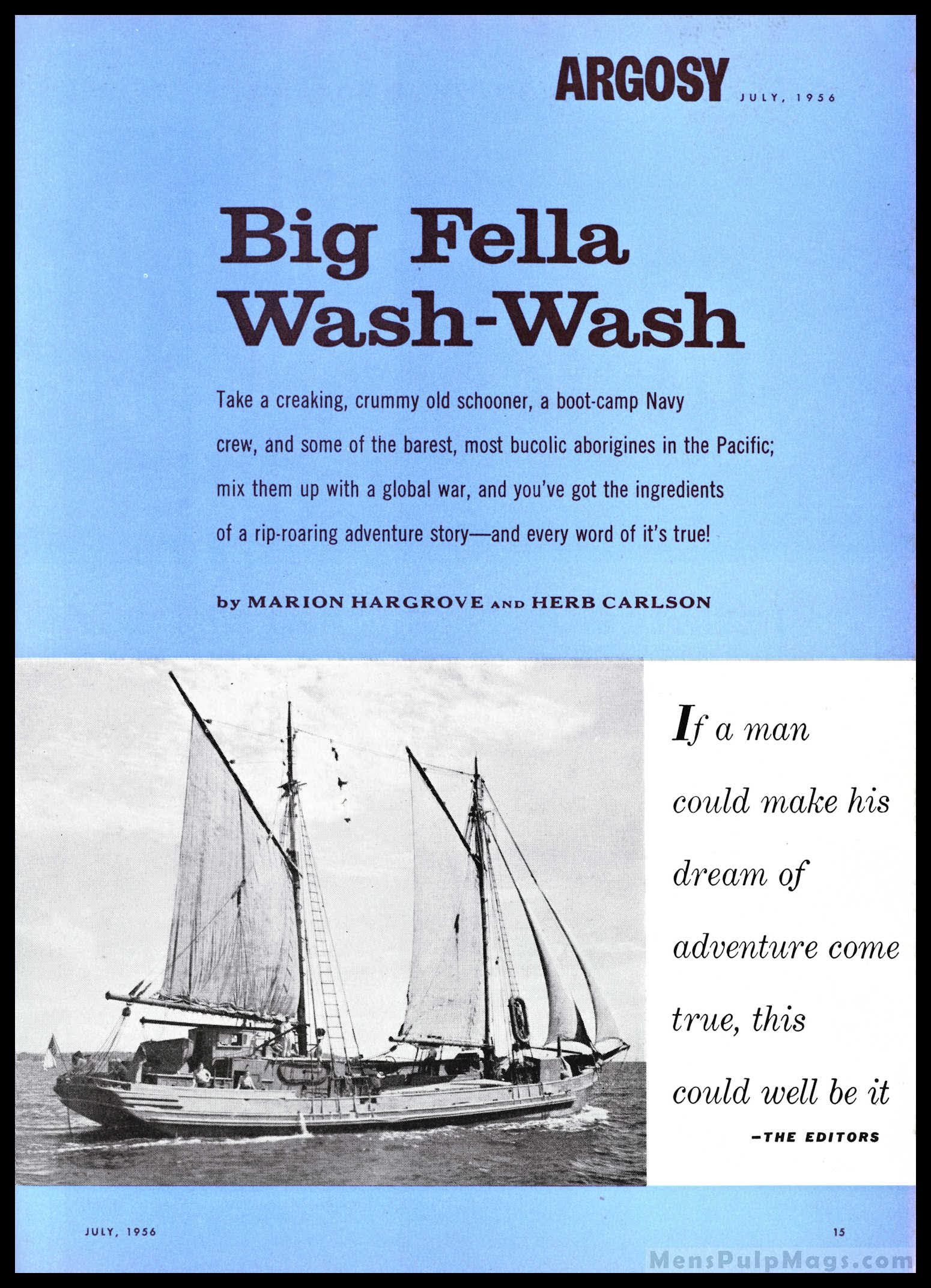
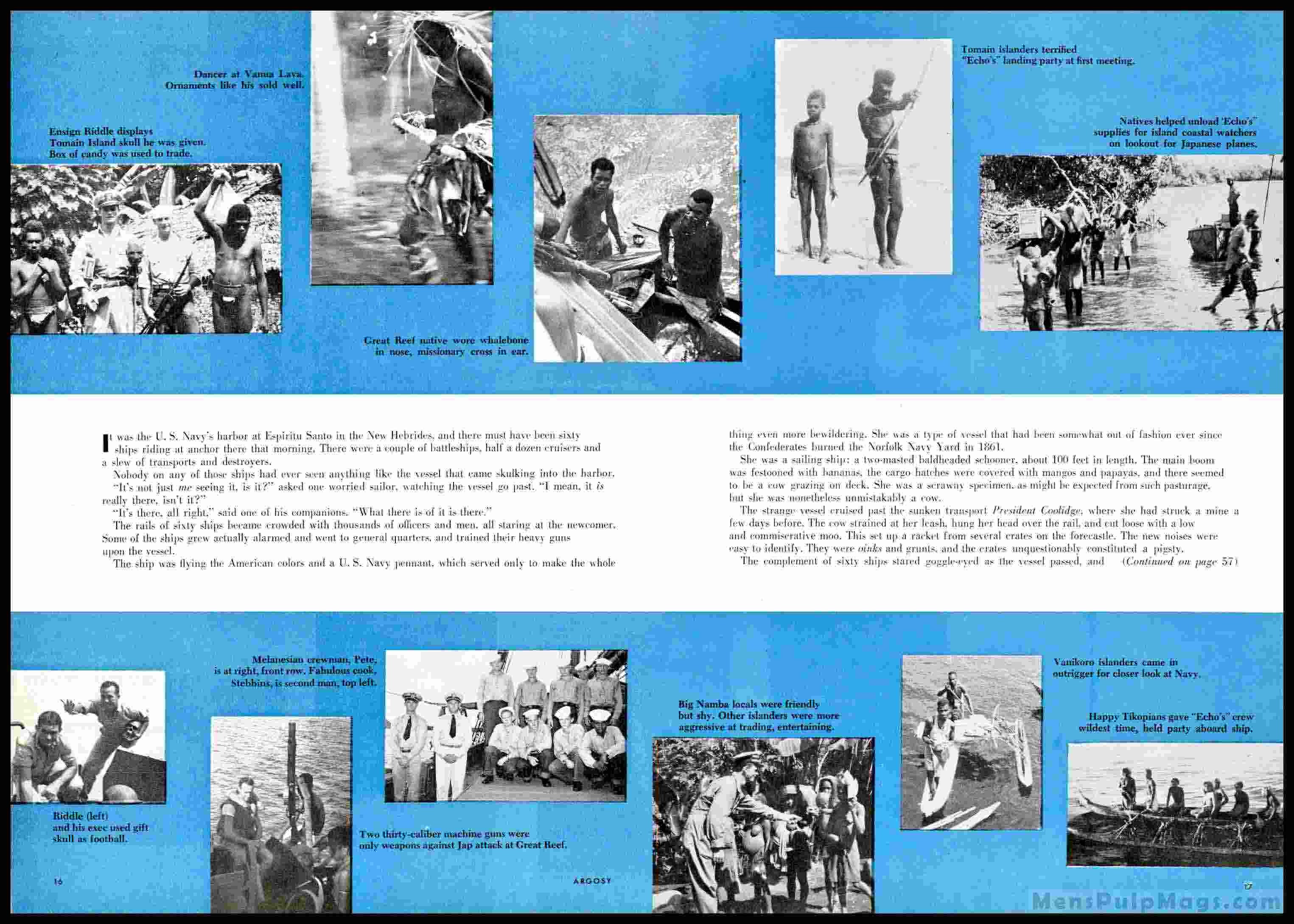
He started out writing various types of stories for newspapers in his home state of North Carolina. In 1941, after joining the Army, Hargrove began writing a regular, often humorous column for THE CHARLOTTE NEWS about his experiences in the service, titled “YOU’RE IN THE ARMY NOW.” He also wrote for YANK, the Army Weekly.
In 1942, his columns were collected and published by the Henry Holt company in the book SEE HERE, PRIVATE HARGROVE. It became a bestseller and was adapted into a movie of the same name with actor Robert Walker playing Hargrove and Donna Reed as his love interest.
That film was successful enough to lead to a follow-up titled WHAT NEXT, CORPORAL HARGROVE, again starring Robert Walker as the author.
After the war, Hargrove went on to become a highly successful professional writer. In addition to writing stories for top men’s magazines such as ARGOSY and PLAYBOY, Hargrove became Hollywood scriptwriter, penning scripts for more than 30 different TV shows between 1949 and 1982 and several movies. His TV credits include scripts for popular shows like 77 SUNSET STRIP, MAVERICK, I SPY and THE WALTONS — and the short-lived TV series version of THE WACKIEST SHIP IN THE ARMY.
After I learned that background, I found Paul Bishop’s article about THE WACKIEST SHIP IN THE ARMY even more interesting. Here’s it is…
* * * * *
“THE WACKIEST SHIP IN THE ARMY” by Paul Bishop
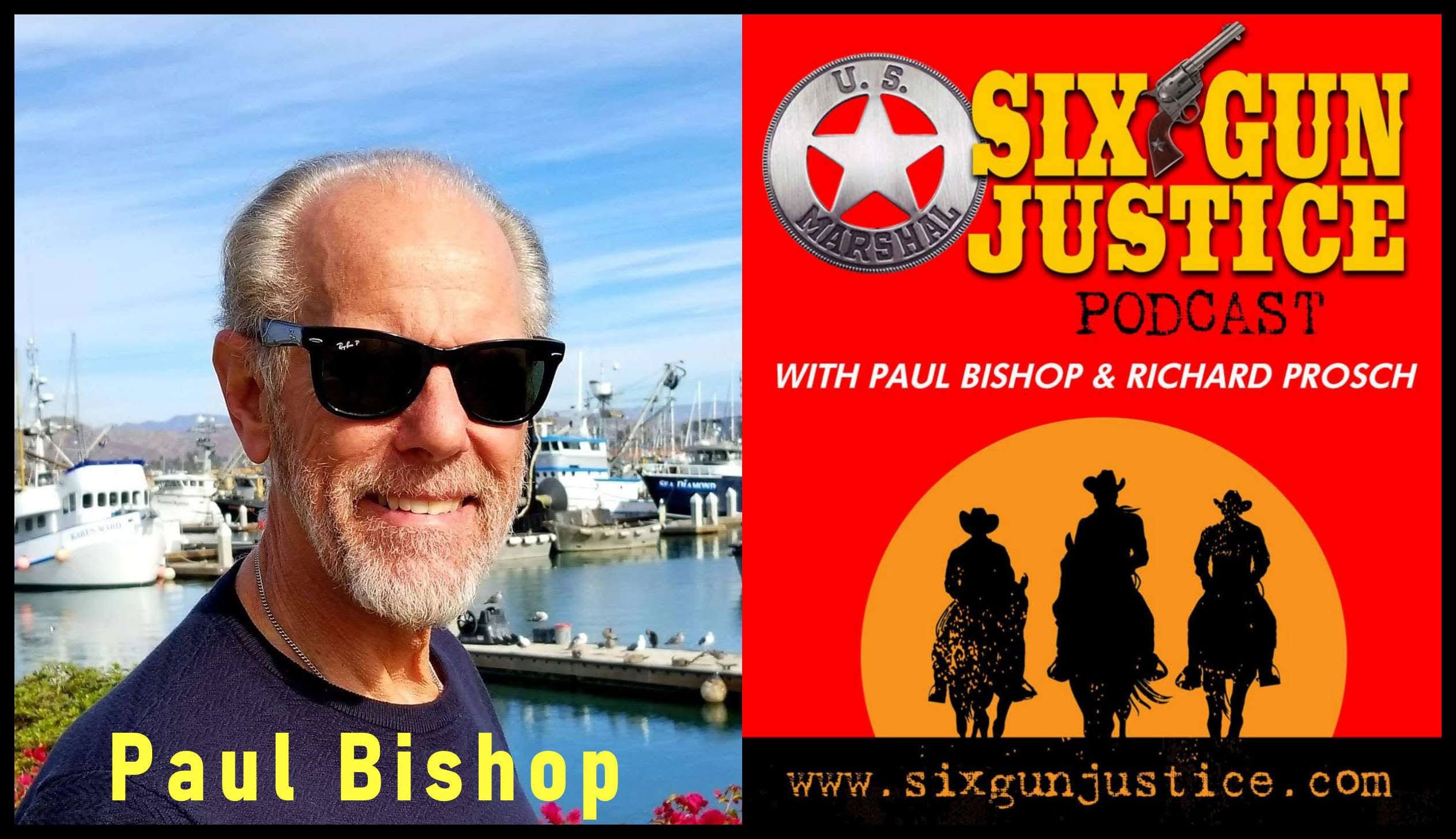
Taking advantage of staying home during the pandemic, my wife and I have been bingeing old movies we’ve never gotten around to viewing.
Recently, the choice was an oddly titled, slightly schizophrenia film with Jack Lemmon and Ricky Nelson, THE WACKIEST SHIP IN THE ARMY.
My wife and I both enjoyed it, despite its inability to decide if it was a comedy set during the War in the Pacific, an adventurous war movie with a few laughs, or a sentimental, feel good, version of HELL IN THE PACIFIC.
My wife has a habit of watching movies and TV shows while keeping Google open on her phone. This means everything we view is accompanied by her running commentary on the history of the film, the background of the actors—both the leads and the bit players—and whatever trivia IMDB coughs up.
She’s my best friend and I love her to forever and beyond, but sometimes she’s like a living director’s commentary track you can’t turn off.
However, I’m not without my own set of quirks, one of which is the inability to pass by a tangential rabbit hole without doing my version of an ALICE IN WONDERLAND routine. I was already intrigued because I vaguely remembered there had been a television show based on the movie, although I couldn’t remember seeing any episodes.
When I gleaned the information from the credits that the film was based on the true story “Big Fella Wash-Wash” in ARGOSY magazine, I was not only being sucked inexorably down the rabbit hole, I was picking up speed.
In real life, the 27-year-old Lieutenant Meredith “Rip” Riddle (Rip Crandall in the movie) was justifiable proud when he received orders from the U.S. Navy to take command of his first ship, the USS Echo.
Oddly, nobody had ever heard of the Echo, and it wasn’t long before Riddle realizes he’s been hoodwinked when his new assignment turns out not to be a battleship or a destroyer, but a 40-year-old, twin-masted, flat-bottomed, wooden schooner of dubious seaworthiness.
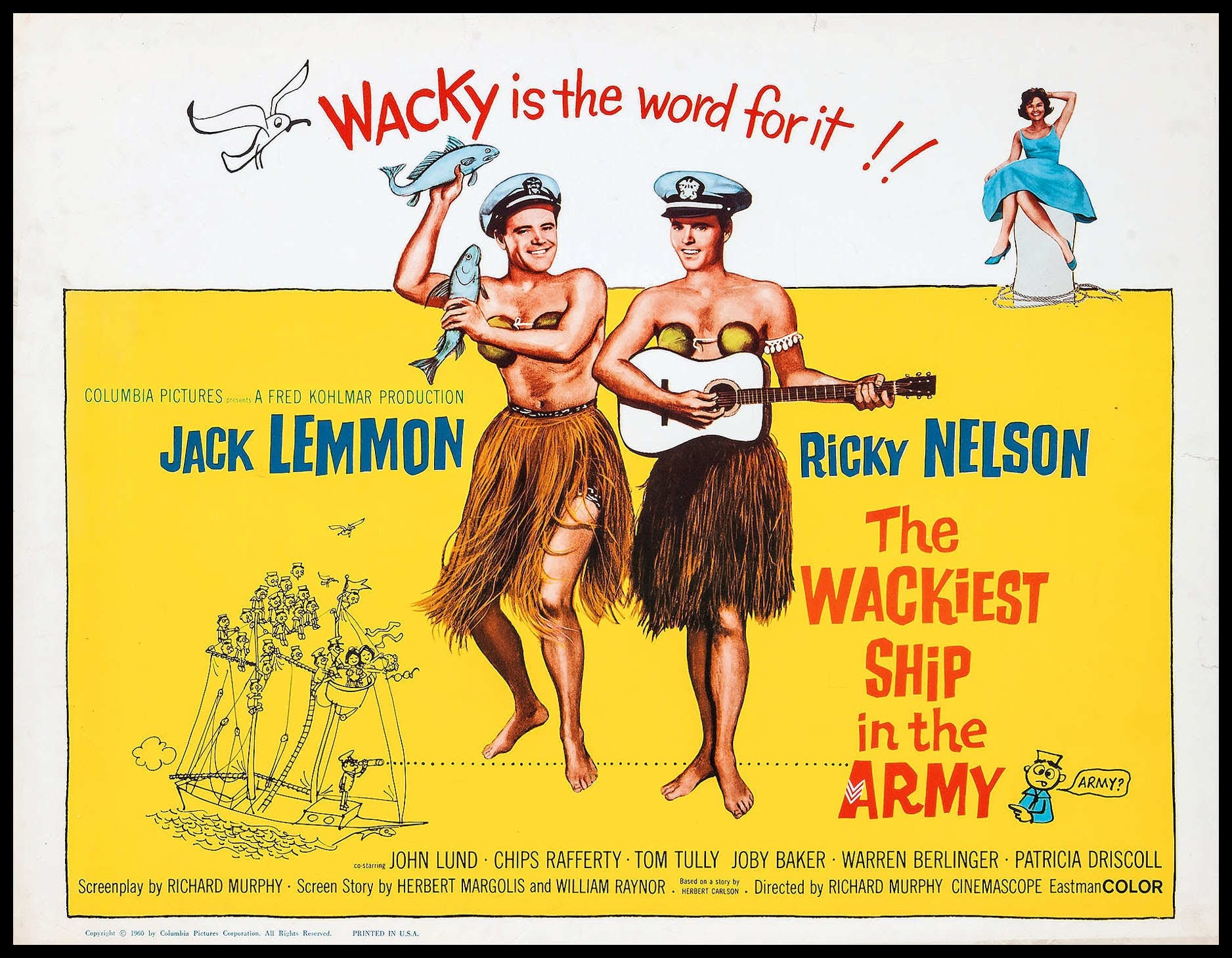
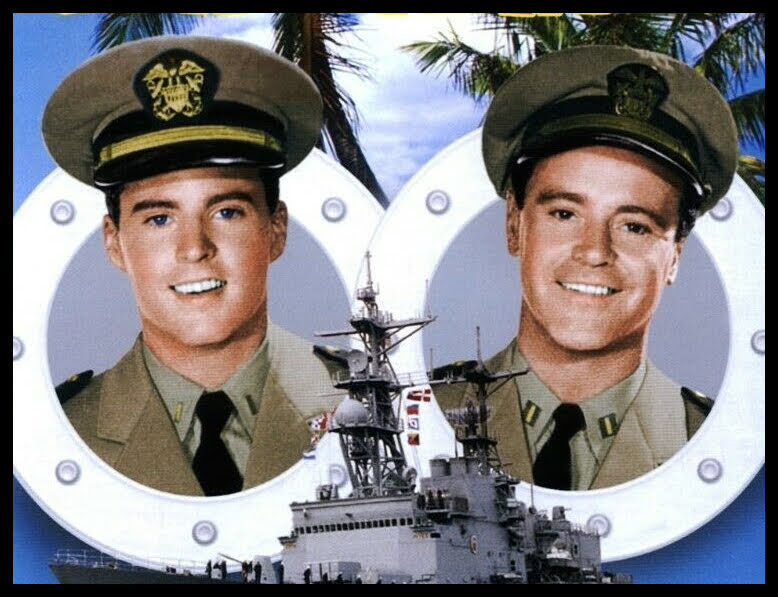
An expert yachtsman in civilian life, Riddle knew he wouldn’t have a problem sailing what was more garbage scow than a battleship—but there were bigger challenges ahead. First, the crew of misfits assigned to the Echo didn’t know a jib from a jigger.
Second—and far worse—Riddle finds out the ship is actually on loan from the U.S. Army, and comes with an Army major with whom Riddle is supposed to share command.
To top things off, the Echo turns out to have a crucial, top secret mission with hundreds of allied lives depending on its success.
The plan is for Randall and his inept crew to disguise the Echo as a South Seas fishing scow in order to sail through waters heavily patrolled by the Japanese fleet. Their mission is to place coastal watchers behind enemy lines on islands under Japanese control.
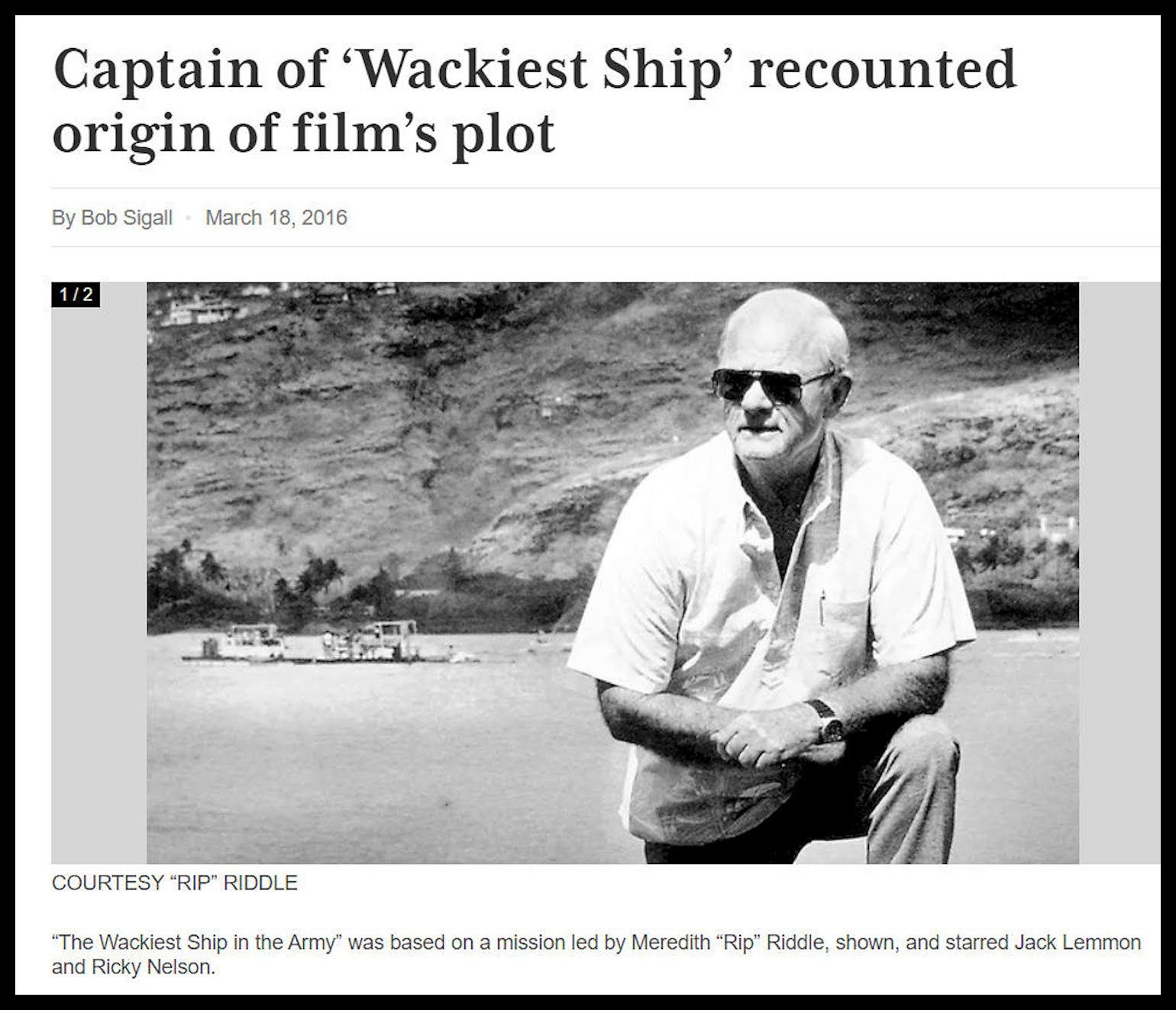 These watchers must hide on the islands, while being hunted by the enemy, in order to transmit the movements of the Japanese fleet.
These watchers must hide on the islands, while being hunted by the enemy, in order to transmit the movements of the Japanese fleet.
The good news was the Echo herself as she was a sound ship despite appearances. Originally the property of the New Zealand government, the Echo had been given to the U.S. Army as a transport ship to carry cargo and supplies to Army bases in the South Pacific—which earned her an Army commendation.
The better news was the aft mounted .50 caliber machine gun hidden by fishing nets on the Echo’s deck. The best news, however, was Rip Riddle himself.
A native of Shelbyville, Tennessee, Riddle was a born leader and masterful at improvising on the fly. He would eventually serve in the Navy for more than 30 years, commanding six different ships—including the Echo.
He also served as the chief engineering officer of the aircraft carrier USS Kearsarge, where he headed a staff of 600 men and 18 officers.
Aside from its original mission with the Navy to transport the Island spotters, the Echo often found herself engaged in a variety of other hazardous escapades.
Once, after a hurricane hit the Pacific islands, the Echo rescued several fishermen whose canoes were blown more than 100 miles away from their villages and had been given up for dead by their families. On their return, the ship was met by the ecstatic villagers who almost all paddled out in their canoes.
This caused a problem. The celebration was attracting the attention of nearby Japanese planes, so the crew members and the rescued fishermen had to fend off the well-wishers attempting to climb aboard.
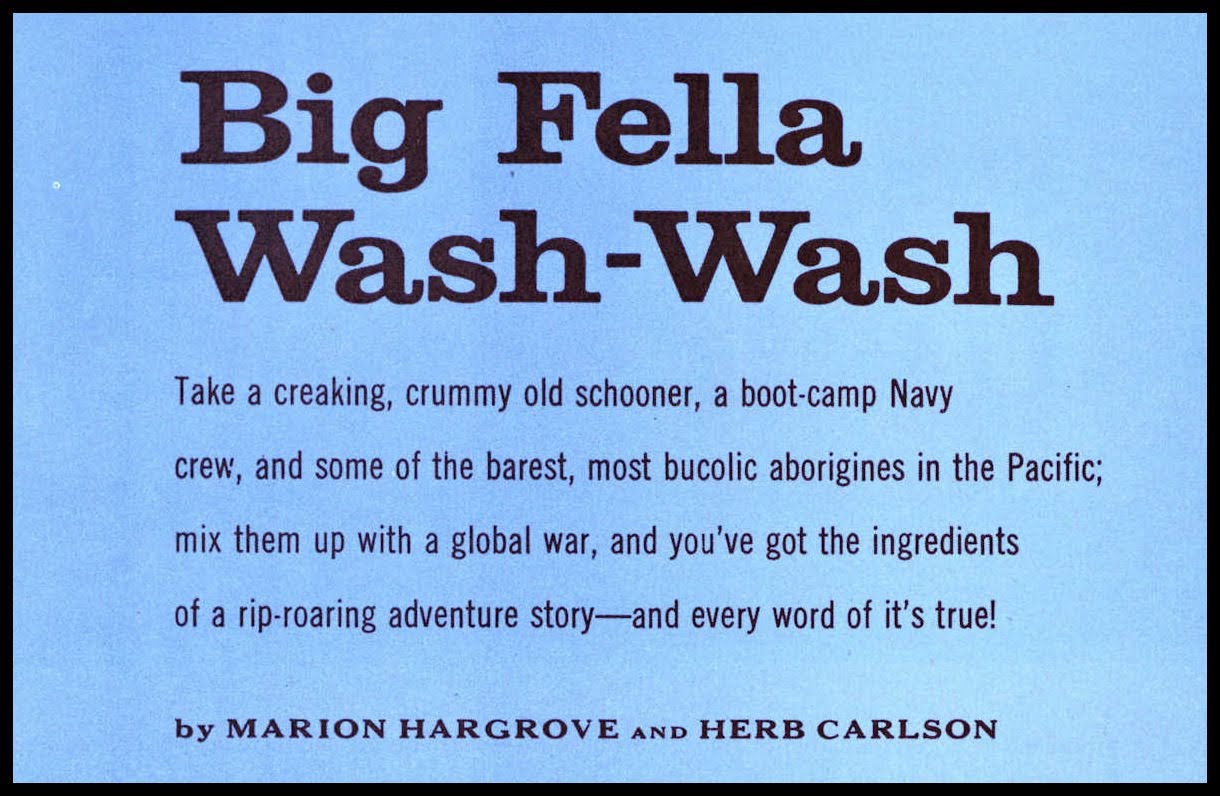 Riddle’s misadventures would eventually find their way into the July 1956 issue of the men’s adventure magazine, ARGOSY. Under the title, writers Marion Hargrove and Herb Carlson recounted the true story of the Echo’s Navy exploits, however, it was ARGOSY’S art director Bernard White who came up with the brilliant tag line, The Wackiest Ship in the Army, as a teaser on the magazine’s cover.
Riddle’s misadventures would eventually find their way into the July 1956 issue of the men’s adventure magazine, ARGOSY. Under the title, writers Marion Hargrove and Herb Carlson recounted the true story of the Echo’s Navy exploits, however, it was ARGOSY’S art director Bernard White who came up with the brilliant tag line, The Wackiest Ship in the Army, as a teaser on the magazine’s cover.
As the lead story on page fifteen, “Big Fella Wash-Wash,” came with two teasers to grab readers’ attention:
“Take a creaking, crummy old schooner, a boot camp Navy crew, and some of the barest, most bucolic aborigines in the Pacific; mix them up with a global war, and you’ve got the ingredients of a rip-roaring adventure story—and every word of it is true…If a man could make his dream of adventure come true, this could well be it—The Editors”
The catchphrase and teaser hype did their job snagging not only readers, but also the attention of Columbia Pictures, who bought the rights to use the story as the basis for the 1960 movie comedy THE WACKIEST SHIP IN THE ARMY , starring Jack Lemmon and Ricky Nelson.
However, in typical Hollywood fashion there was something lost in the translation from page to screen.
In this case it was the Army major who had joint command of the Echo. Even the fact the Echo was an Army transport scow on loan to the Navy somehow missed the boat, so to speak.
This left movie viewers with the wonderfully intriguing THE WACKIEST SHIP IN THE ARMY title and absolutely no idea what it meant. I can only assume the reference got left on the cutting room floor to make room for another song by Ricky Nelson.
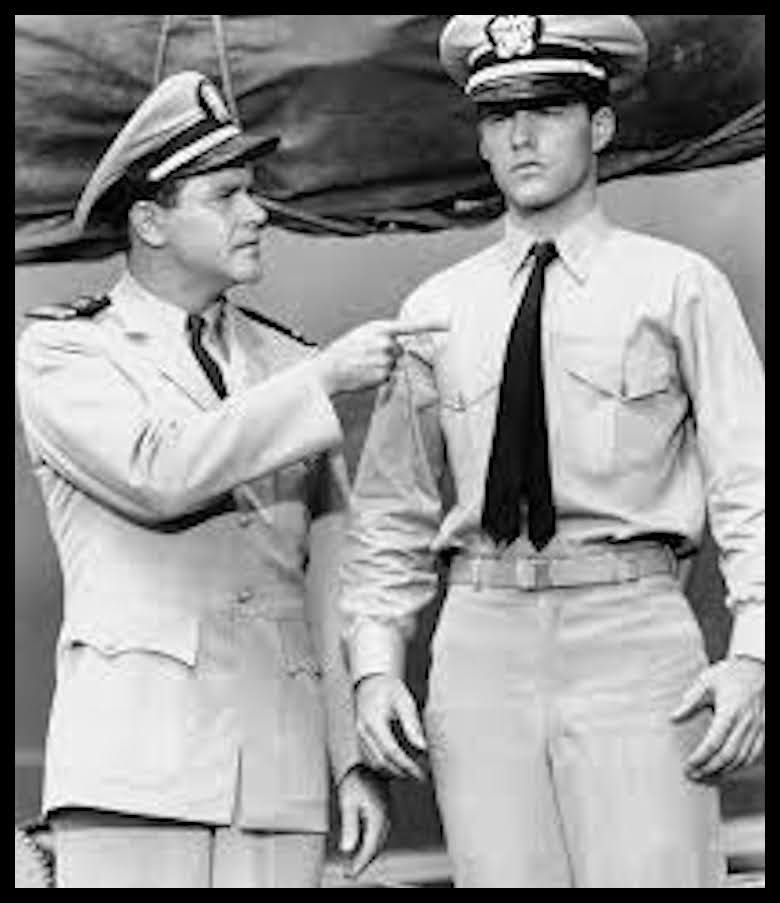 Known for writing the script for the 1951 film, YOU’RE IN THE NAVY NOW, Richard Murphy directed WACKIEST SHIP IN THE ARMY and also adapted the screenplay from the source material.
Known for writing the script for the 1951 film, YOU’RE IN THE NAVY NOW, Richard Murphy directed WACKIEST SHIP IN THE ARMY and also adapted the screenplay from the source material.
Originally, the film was to star Ernie Kovacs as Rip Crandall (the movie version of Rip Riddle) and Jack Lemmon as his bumbling ensign. But as the deadline for the start of principal photography approached, Kovacs was on duty elsewhere.
There was also a concern that despite his name value, Lemmon—who actually served as a U.S. Navy Ensign in World War II—looked too old for the role as the Echo’s inexperienced ensign.
The solution to both dilemmas was to give Lemmon a field promotion (more of an Army term, but appropriate) to the lead role as Lieutenant Crandall, and bring actor/singer/teen heartthrob Ricky Nelson aboard as the naïve, but mostly competent ensign.
Like Rip Riddle transforming into Rip Crandall, the USS Echo originally underwent a name change to the USS Fiesta for the movie version. Fortunately, the ship was rechristened the Echo before filming started.
But, like Kovacs, the real Echo wasn’t available, which meant brining in a 72 foot gaff-rigged schooner—whose real name was Fiesta—to play the part.
The Echo’s stand-in was built entirely of teakwood in Hong Kong in 1932, and sported a 165hp auxiliary diesel engine, weighed 28 net tons, drew 8 feet of water and could make 7.5 knots under power.
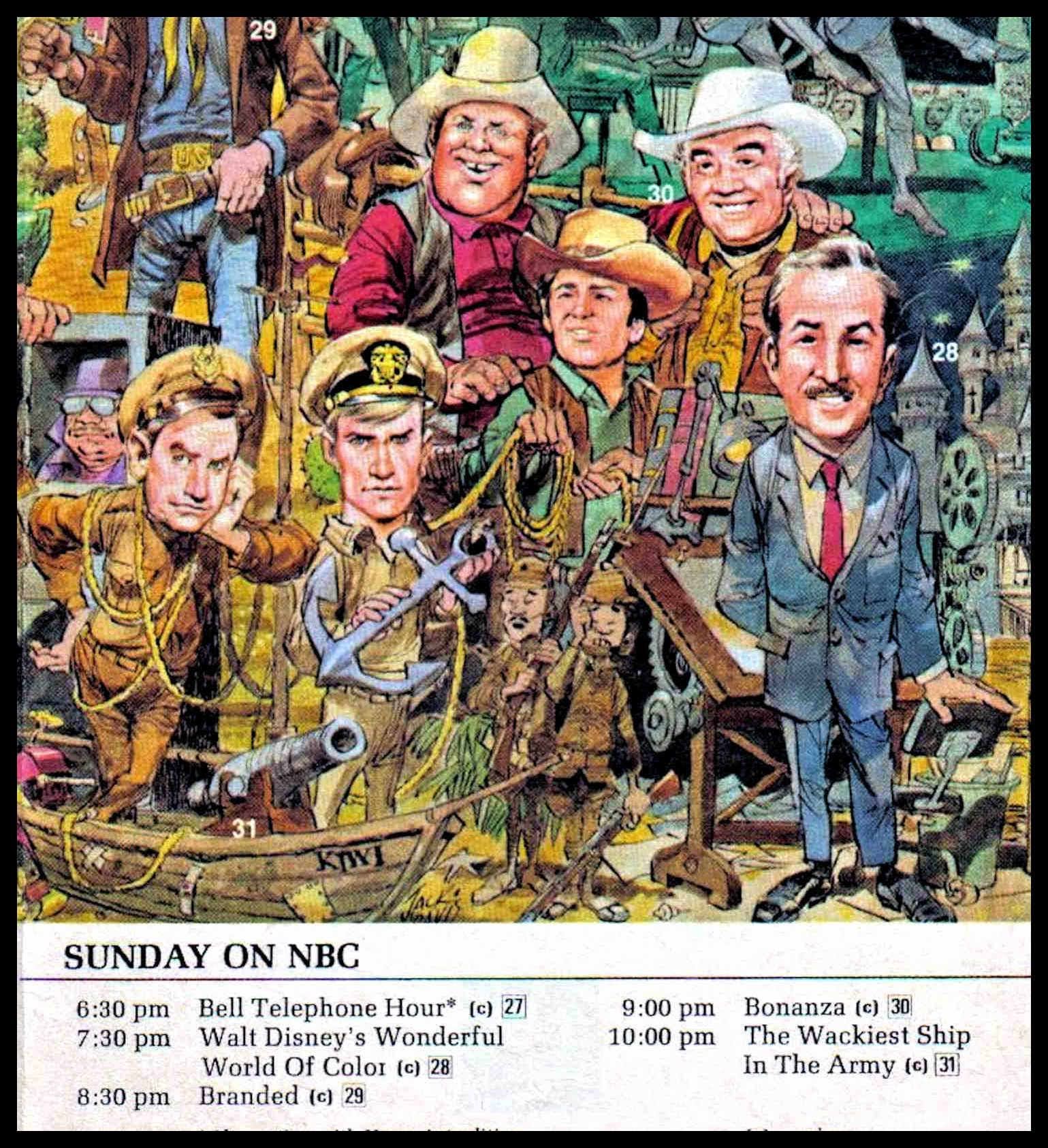 Location filming for THE WACKIEST SHIP IN THE ARMY was done on the Hawaiian islands of Oahu, Hawaii, and Kauai.
Location filming for THE WACKIEST SHIP IN THE ARMY was done on the Hawaiian islands of Oahu, Hawaii, and Kauai.
The U.S. Navy also provided extensive cooperation allowing the producers to film at Pearl Harbor.
The movie is predictable, but it stays afloat for a number of reasons—the storyline is intriguing and has a couple of unexpected twists; the action is well filmed and maintains a strong sense of tension; the supporting cast is excellent, managing to get laughs more from their facial expressions and dialogue timing with only a little slapstick; Ricky Nelson provides the perfect foil as the lynchpin between the incompetence of the crew and the motivator to get them to pull together; and then there’s Jack Lemmon, who turns in an early version of what would become his trademark style of exasperation mixed with determination. Should you see the film, absolutely—but there’s more.
The movie did big enough box office for NBC to try translating the concept to the small screen. Airing in 1965, the show was produced by Harry Ackerman (who had previously produced popular comedies like LEAVE IT TO BEAVER, BACHELOR FATHER and DENNIS THE MENACE), and directed and written by Danny Arnold (who had previously done scripts for several movies and various TV series, including THE TENNESSEE ERNIE FORD SHOW, THE REAL MCCOYS, MCHALE’S NAVY and BEWITCHED).
The show retained the WACKIEST SHIP IN THE ARMY moniker, but sailed closer to the source material than the movie—even down to the Army/Navy having joint command of the schooner—which was rechristened yet again as the USS Kiwi.
For the TV series, Gary Collins starred as Navy Lieutenant, junior grade Richard Rip Riddle—who has gotten his real name back and is in command when the vessel is afloat—and Jack Warden as Army Major Simon Butcher—who’s in charge of shore operations.
Mike Kellin who played Chief Mate Jack MacCarthy in the movie gets the same role on the television series—the only actor to make the transition from big screen to small (with his character’s name changed to C.P.O. Willie Miller).
Though billed as a comedy, at an hour in length it had nothing in common with such service related sitcoms as MCHALE’S NAVY or SERGEANT BILKO. While the crew still got up to some screwball antics, the emphasis was on the adventure of each weekly assignment.
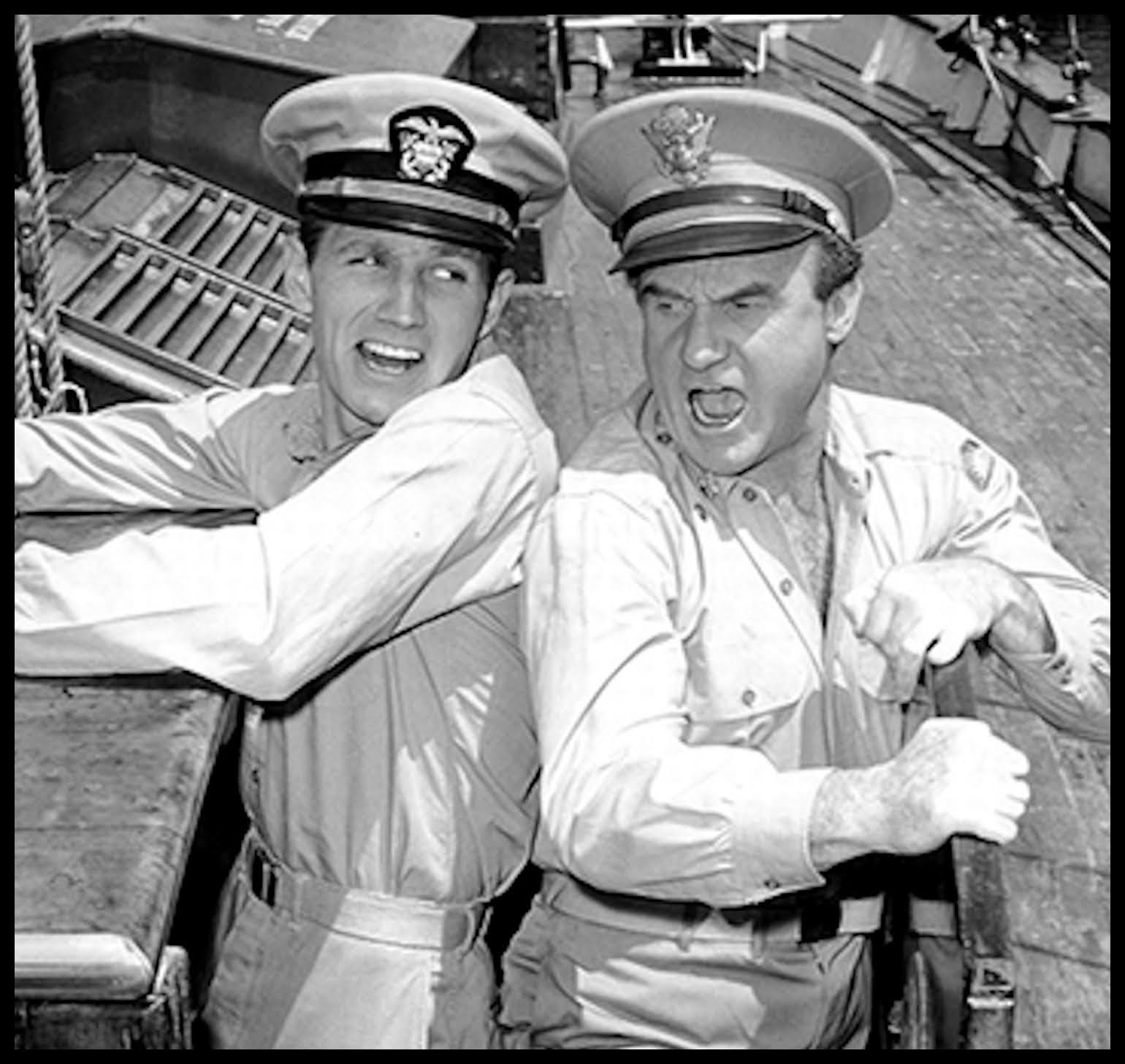 This dual personality—is it a comedy or is it an action show?—was something the TV series shared with the movie version. Fortunately, the TV series did not make use of a soundtrack to tell viewers when to laugh as was the practice for TV comedies.
This dual personality—is it a comedy or is it an action show?—was something the TV series shared with the movie version. Fortunately, the TV series did not make use of a soundtrack to tell viewers when to laugh as was the practice for TV comedies.
The series was, of course, set in the Pacific theater of World War II as the misfit crew of the leaky wooden twin-masted schooner USS Kiwi are tasked with placing spies behind Japanese lines.
The non-combatant fishing boat appearance of the Kiwi helps fool the Japanese as it sails through mine infested enemy waters under the false colors of the Swiss flag.
A ship with two masters, however, means less than smooth sailing as Navy Lieutenant Riddle and Army Major Butcher are almost always at odds.
Although the show lasted only one season, it did spawn an original TV tie-in paperback written by Lee Bergman and published by Popular Library in 1965. It sums up the plot of the book like this on the back cover:
The roughest, toughest, wildest mission of the Wackiest Ship in the Army…What is the good ship Kiwi? Is she fish or Fowl? Does she belong to the Army? Major Simon Butcher is damned certain she does. Or does she belong to the Navy as Lt. Rip Riddle knows she does? One thing is sure, on this mission the Kiwi is heading into the biggest dose of trouble she’s ever seen—including the two beauties in disguise, and enemy scientist, and a secret weapon that could blow the U.S. forces right out of the Pacific.
Maybe I’m easy to please, but the Jack Lemon movie version of THE WACKIEST SHIP IN THE ARMY, the related TV series, the TV tie-in novel, and the original story that started it all in ARGOSY magazine, have all entertained me.
As for the real USS Echo—she was decommissioned in 1944, and returned to the Army, who returned her to the New Zealand Government.
After a lengthy and varied career—including serving as a floating bar—she eventually ended her days as a museum in Picton, New Zealand. Unfortunately, she was poorly maintained over the years and her condition deteriorated to a dangerous state beyond repair.
She was demolished in 2015—110 years after her launching in 1905.
After retiring from the Navy in 1964, Rip Riddle moved to Hawaii, where he had a long career working for a maritime shipping company. He died in 2007 at age 92.
* * * * *
EDITOR’S AFTERWORD . . .
Many thanks to Paul Bishop for making me aware of the classic ARGOSY story and this great guest post. And, thanks again for the introduction you wrote for the first issue of the MEN’S ADVENTURE QUARTERLY #1, the new magazine I launched with Bill Cunningham of Pulp 2.0 Press that reprints stories and artwork from men’s adventure magazines.
Thanks again, too, for the cool Afterword you wrote for BARBARIANS ON BIKES, the book I co-edited with Wyatt Doyle that showcases MAM artwork featuring bikers and motorcycle gangs. It’s one of the 12 current books in our Men’s Adventure Library series. If you follow my Amazon author page, or join the Men’s Adventure Magazines & Books Facebook Group, you’ll see announcements of a couple new ones in the near future.
Comments? Questions? Corrections? You can email them to me, or
join the Men’s Adventure Magazines & Books Facebook Group and post them there.
Related viewing and reading…


